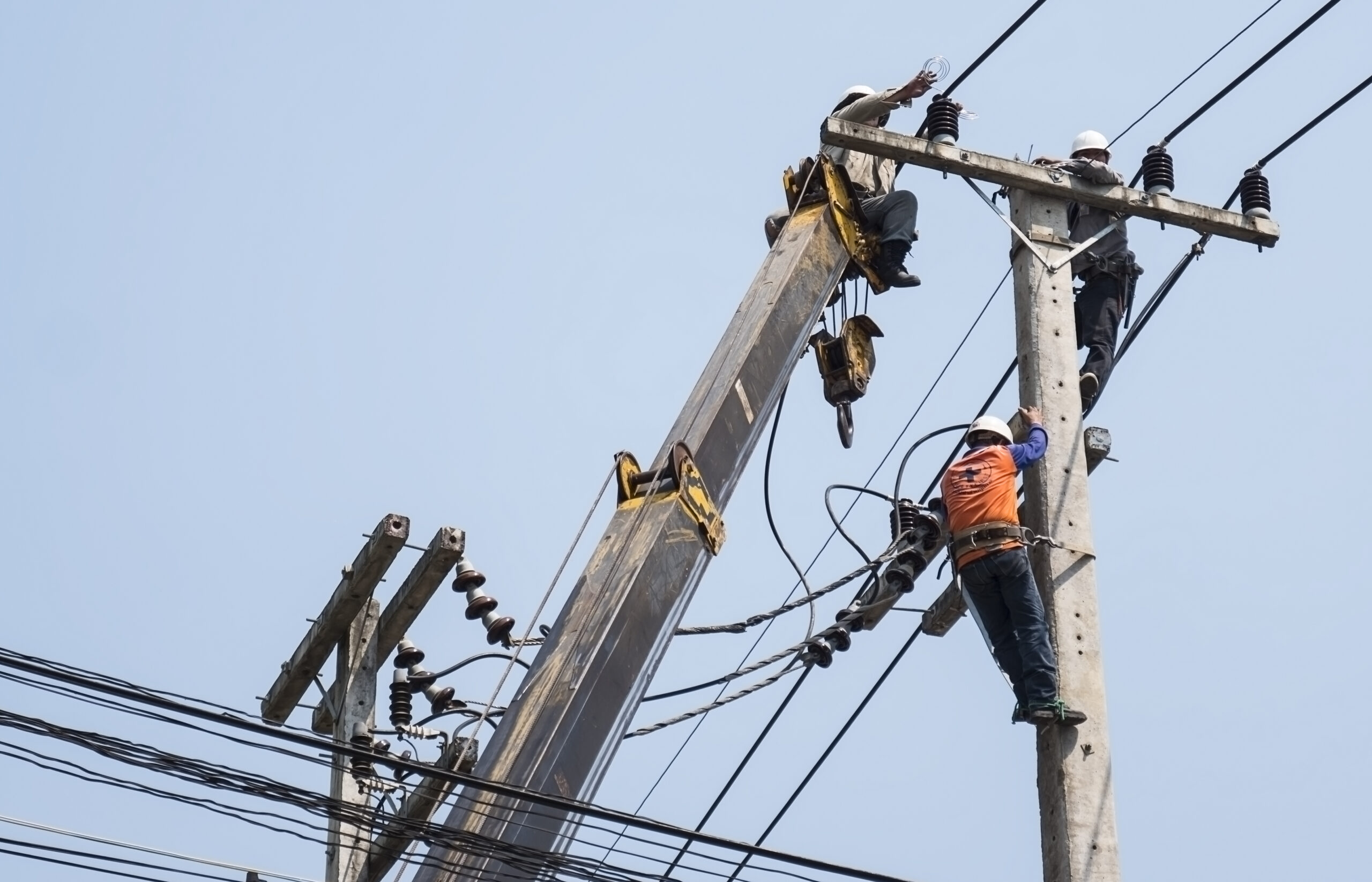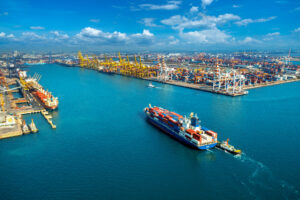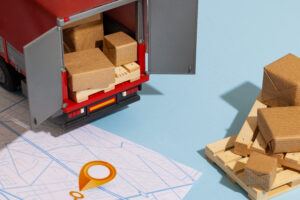The utility industry plays a vital role in our communities — improving everyday functionality and serving as a crucial component in hurricane season preparation, response and recovery.
To minimize the impact on public safety and infrastructure, it is essential to build not only resilient infrastructure but also a resilient utility crew.
When it comes to training utility crews for hurricane response, it’s important to be knowledgeable about utility poles. This helps create a system robust enough to withstand the initial hurricane damage and help recover with minimal downtime.
Let’s discover utility poles and other insights to help hurricane recovery teams build a sustainable utility infrastructure.
How Can Utility Companies Stay Storm Ready?
Utility companies must evaluate and select the appropriate pole material by considering factors such as cost analysis, durability, performance, environmental impact, and maintenance requirements.
- Regularly inspect and maintain poles, lines, and equipment to catch issues before they become problems.
- Make sure your teams are fully trained on storm response, safety, and quick repair methods.
- Always have a good supply of essential materials like poles, transformers, and tools on hand.
- Have a clear, up-to-date response plan in place, including communication and coordination with local agencies.
The Importance of Choosing the Right Utility Pole
Utility poles are key to urban development and technological progress. Crews must understand the difference between choosing the right material and how they influence maintenance, durability, cost-effectiveness and improve grid efficiency.
Wood Poles
A utility industry standard for over a century, wood poles are the oldest and most common type of utility poles.
It is important to choose poles that meet the AWPA and ANSI standards such as the wood poles from Gulf South Forest Products.
Typically, utility poles are made from Southern Yellow Pine and Douglas Fir and can last up to 30 years and more with proper maintenance.
Steel Poles
Made from galvanized steel, these poles offer excellent corrosion resistance and a longer service life.
However, they are less effective in certain environments, such as coastal areas near saltwater.
While steel poles are easily recyclable and are best when they feature steel Davit arms, it’s essential to choose the right type and protective treatments to ensure optimal performance.
Concrete Poles
Another durable option that resists weathering is concrete poles. They are safe from weathering, damage from insects and birds, and corrosion.
They are prone to fire and floods and can use concrete poles due to their resistance to extreme temperatures and moisture.
However, they typically cost more than wood poles and due to their weight may have some limitations.
NEMA and the Electrical Safety Foundation International (ESFI)
partner with various electrical associations, manufacturers, and distributors to offer disaster recovery resources. Click here for more information.
Here are some companies that provide or contribute to storm recovery resources:
Pike Electric Corp.
Southern Company Services (SCS)
In summary…
Utility poles are essential for transmitting electricity and facilitating communication over long distances.
They support power lines, telephone lines, and other critical electrical equipment that enable our daily lives.
Utility crews are to regularly ensure the safety and reliability of the infrastructure they support which makes power restoration after a hurricane easier.
Experts at Gulf South Forest Products are here to provide their customers with high-quality utility poles and peace of mind.
We are here to discuss how hurricanes impact utility companies and improve the utility infrastructure’s robustness against the upcoming harsh hurricanes.





